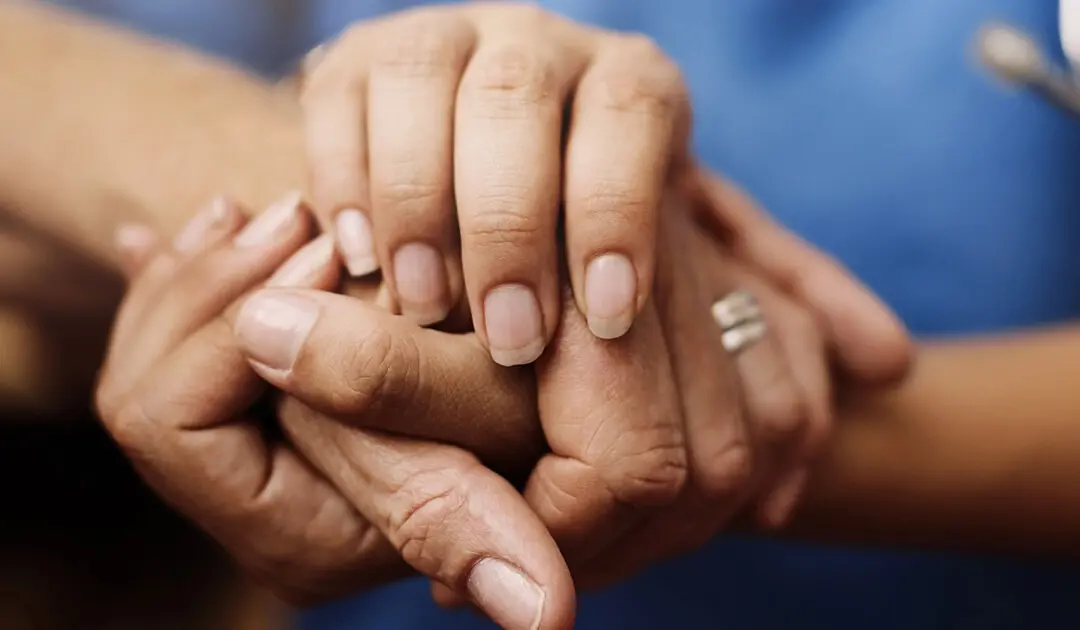Simplicity and Clarity in the Face of Terror: Honoring a Painful Anniversary

Last month we marked the eighteenth anniversary of the 9/11 attacks in the United States. This horrifying and tragic series of events profoundly touched all of us in different ways.
I’ve spent most of my career in professional crisis response work, serving several years with the American Red Cross as a Mental Health Specialist in their Disaster Services Division. I also worked for several social service agencies and then for a national employee assistance firm in their crisis management division. I now proudly serve the Crisis Prevention Institute.
At various points in my career I have served as a crisis responder during Hurricane Iniki in the Hawaiian Islands; countless tornadoes, fires and floods in various parts of North America; the Southern California earthquake; the Wisconsin train derailment; the Egypt air crash, Air Transat crash, and Alaska Airlines crash; the shootings at Columbine High School; the September 11, 2001 terrorist incidents in the US; the Marriott Hotel bombing in Jakarta, Indonesia; and a number of other major crisis events throughout the world.
I say all of this not to impress you, but rather to simply establish my base of experience for this article honoring the anniversary of the 9/11 terrorist attacks.
I know CPI training programs primarily focus on the prevention, response, and follow up to violent events. At the same time, the principles, protocols, and methods we teach are applicable to a vast variety of crisis events, and not exclusively violence. I have found that the strategies we teach are incredibly useful in so many different life situations because they’re based on simple and clear principles.
I felt indebted to the Crisis Prevention Institute on September 11, 2001. CPI’s simple and clear protocols, techniques, and skills constantly ran through my mind as I carried out my responsibilities that day. These included the CPI Crisis Development ModelSM, the Verbal Escalation ContinuumSM, the importance of respecting and honoring personal space, and so on. They stayed with me as I continued in this role for several months at various locations throughout the US.
On September 11, 2001, the Marriott Hotel World Trade Center was at full capacity, with close to one-thousand guests. The National Association for Business Economics (NABE) was also holding its yearly conference there.
It was only a hotel, a 22-story dwarf tucked close to New York City’s Twin Towers. In its final 102 minutes, this Marriott hotel served as the gateway to safety—a runway out of the burning towers.
On that date—and for several months forward—I served as the crisis manager for Marriott International. I don’t know how I would have been able to do my job at the time without having completed and conducted dozens of CPI training programs. This is not because I dealt with violence during this time, but as stated earlier, so many of the concepts and skills apply anyway.
At 8:46 that morning, landing gear from the first plane pierced the hotel roof and crashed into an office next to the swimming pool on the top floor. That collision set off the hotel’s fire alarms. A cadre of unsung Marriott workers, from managers to porters immediately began to canvass the entire hotel knocking on every door to make sure their guests took the alarms seriously and evacuated safely.
As the guests headed for the lobby, people escaping from the north tower of the World Trade Center were also flooding into the same lobby. The two buildings were adjacent, linked by a door on the north side of the hotel.
The collapse of the south tower destroyed the center of the hotel and the collapse of the north tower destroyed the rest of the hotel aside from a small section that was farthest from the North Tower. This section of the hotel had managed to survive the collapse of the Twin Towers, as it had been fortified and upgraded after the 1993 bombing that occurred in Marriott’s parking garage. Tall Ships—the Marriott house lounge—was located in this fortified section of the hotel.
As the evacuation of all three buildings proceeded, another cadre of Marriott staff did something extraordinarily simple and clear:
They pointed…
As people fleeing the towers arrived in the hotel, Marriott workers steered them into the Marriott house lounge, where an exit took them to police officers to temporary safety on Liberty Street.
Through their simple and clear decisions and actions, these employees undoubtedly contributed to saving the lives of over a thousand people who safely passed through to Liberty Street. During crisis situations, simple and clear guidelines for directing our decisions and actions work best.
Schedule a Consultation
Learn how CPI’s training programs can benefit your organization.
Let's Connect